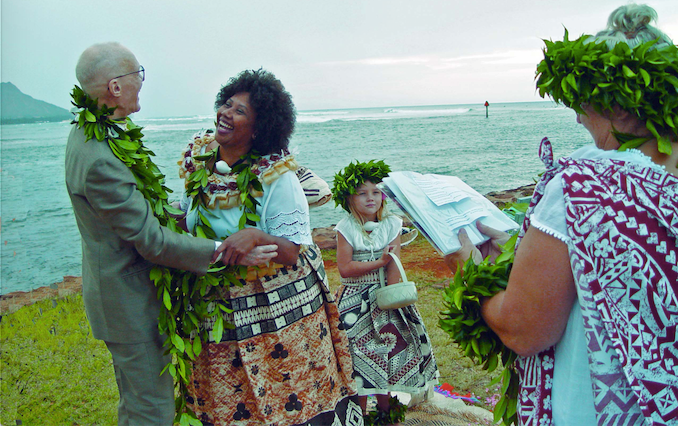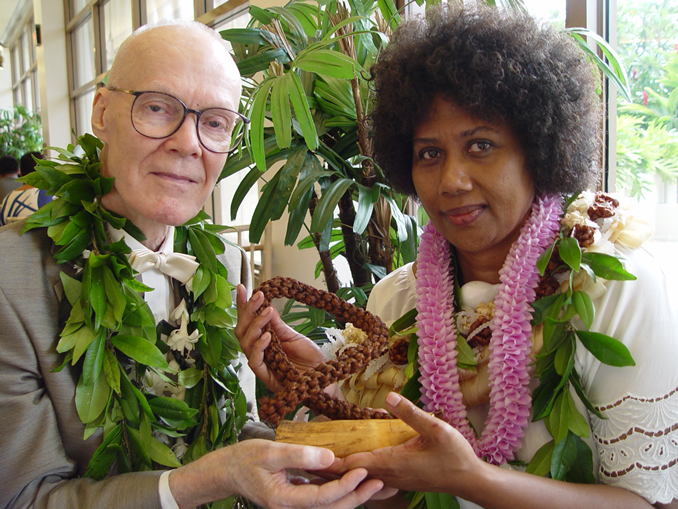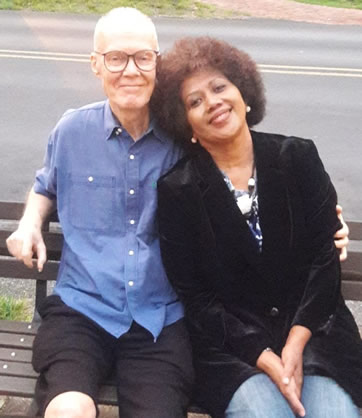| Listen to the audio file of Chapter Five |
|
Well, not as a species which is exercised to exhaustion while all vital signs are strong, and then let out to pasture and to fade away in due course. No. That may be the practice for horses, but because we are capable of and should be in charge of how we are filling our time intelligently, we should be able to do way better.
Let me quote here from “Free to Learn: Why Unleashing the Instinct to Play Will Make Our Children Happier, More Self-Reliant, and Better Students for Life” by Peter Gray:
“Hunter-gatherers did not distinguish work from play as we do. They grew up playing at hunting and gathering and moved on gradually to the real thing, still in the spirit of play. They had no concept of work as toil. Anthropologist Marshall Sahlins famously referred to hunter-gatherer societies, collectively, as “the original affluent society.”
The point I want to make is that we humans were designed, and/or maybe evolved over a very long period of time, as individuals who use initiative and love to play and have fun. That’s how we are at our best, in what we can produce and in the satisfaction and enjoyment we get out of filling our time. The toil and stunting of our senses only came later, with the introduction of agriculture and even more with industrialization.
Again, we can’t roll this back. Nor do we need to sulk about it. That’s just the way it was. Whether we like it or not, it served one purpose: in demonstrating to us that removing initiative and playfulness are NOT the best way of making people healthier and happier over time. To the contrary. That’s what makes people sick, physically and mentally. A book with a long list of examples could be written on this point alone. But you probably don’t need to look far to see many examples of this “modern-life mode” effect in people, i.e., people who are stressed out, maybe their mind continuously warped or inflated; having heart problems, diabetes, cancer or precancerous conditions; and so on. People having ailments and sicknesses which didn’t exist in a hunter-gatherer society or many other forms of societies which didn’t or still don’t live the “hard work and then retirement” lifestyle.
So that’s precisely how we DON’T want to be defined. Which means that we don’t want to fill our time with the “work then retire” lifestyle, even though the present political and societal gospel sees this as the normal, desirable mode of operation. We of a more advanced age, and in good condition, want to be defined as the “Superb Seniors” who do two things differently:
(1)
We do live ONE adult life from when we are able to be fully responsible for ourselves until the day we die. No “young workers” and “old workers” and “retirees” or other classifications based on age or period of life. Whatever we are doing, whomever we are interacting with, it really makes no difference what age we are, as long as we produce/deliver/do what is normal under the circumstances. Moreover: People don’t know exactly what age you are, or might be totally wrong if they were to guess at it. What if you didn’t know your age yourself? You’d still play softball or whatever, however you’d be able to do it at that time, or perhaps not at all – maybe you wouldn’t WANT to even if your true chronological age was 28. So, we are ALL in that boat together.
In my personal life, all along I’ve done what I wanted to do when I wanted to do it, and NOT done things for whatever the reasons. I never thought of age anywhere in any circumstances, or appropriateness for that particular age at the time, but I’ve seen many people who do that – to their detriment.
(2)
We “fill our time” with thoughts and activities we enjoy pursuing and feats we WANT to achieve, and/or things we WANT to create or bring about. That’s all. That’s at least what I’ve done, and am still doing, I hope until the day I die.
Obviously these wants may change, gradually or drastically, while we are going through our life. This is natural, depending on our environment and lots of external circumstances. But in no way should they have anything to do with our true chronological age. Our age goes with us like the boat that takes us down the river through the gorge of life. It makes no difference. That’s what our age is at this moment in this spot of the moving river, and it will come along with us to wherever we’ll be going.
Since my personal recommendation is to legitimatize the wants and joys of those 88 years old and above, and those who aim to join that party, below I’ll list a few “fill your time” items which I am pursuing with great pleasure. And I know so many others who are enjoying interests like these as well.
But first an excerpt from Jo Ann Jenkins’ 2016 book, “Disrupt Aging: A Bold New Path to Living Your Best Life at Every Age”:
“The fastest growing age group is people eighty-five and older.”
- Here is what those guys (including me) and gals WANT and are not ashamed of reaching out for, holding on to, polishing, and playing with:
(A)
Good health. Which includes many things. Such as starting with a good night’s sleep. Eating the right things and staying away from what’s not good for you. Taking care of your body through exercise and endurance conditioning. Meditation and spiritual practice.
(B)
Love and affection. The real thing with a real partner. Or by yourself in spirit, if you have to, with people who may have already departed, or are in a state of being halfway across the river Styx. Of course with your family and your friends, old and new. And be open to letting new companions come and enter your circle. Always be the one who is giving love and affection; don’t be the one who sits there waiting to receive it – that won’t work and is unlikely to happen. Yet if you are the giving one, WOW, you’ll be receiving back in return more than you ever thought you’d be given, and in ways you probably never thought of either.
(C)
Continue education. Learn new things. Discover worlds you didn’t know before. Get to know this universe better, even in its tiniest corners. These days that’s easy because you don’t have to physically go places, you can go from your easy chair via your laptop or the TV. Mind you, really stepping out on your own is still better for you.
(D)
Try be artistic. Let your imagination roam and apply it. Maybe try painting, or sculpting, or writing a poem or two, or whatever. Play an instrument, or just sing. Maybe learn to dance, or if everything is too much of an effort, at least go and see the newest ballet, go to the opera or the symphony, or visit museums. Again, if that is too hard to do, you can get there using your computer, although I’d recommend this as the last choice. Going in person is better. Plus it gives you other exposures at the same time which is all good for you.
(E)
Read books, see movies. Catch up with all the reading you didn’t have time for when you were younger. If need be, let a librarian advise and help you. If you have eyesight problems (as I do) and reading becomes hard work, get the books in audio versions so they’ll be read to you. This way you can even “read” while lying in bed or on your couch, or on the grass under the big oak tree.
(F)
Make some money – if that gives you a good feeling, as it does to many people. The list for doing that is too long to try and put in here; another book would need to be written about that. In the meantime use your own ideas and make money doing what you are good at and enjoy.
(G)
Pursue YOU. As the last item of this list I suggest that now is the time (which applies really to any time in your life) to have your own ideas on whatever they happen to be, and to engage with them.
As you might already have found out, there are not enough hours in a day to do all the things you want to do or have time for all your interests. But that’s OK. There’s always another day. And actually, this is good because it’s that continuum which keeps you alive, and brilliantly alive at that.
Which brings me to another feature which, in my experience, is very important in all of this: To live NOW, just this day in the present.
In other words: It’s no good to live in the past. We all know that, or should know. There is not only no use crying over spilled milk, it won’t do any good to feel bad or short-changed about what happened yesterday and before. All that is the past – it’s gone and should no longer be worried about.
Likewise, it won’t do any good to virtually live in the future. Maybe until tomorrow is OK. And of course you’ll have to plan for certain contingencies and specific happenings for dates far ahead. That’s alright, even necessary. However, just don’t start wandering now in your mind to that time with all kinds of players who’ll complete those wonderful plans in the distant future. Your presence is required to be here, today, and to focus on what can and should be done right now. Today needs your full and undivided attention, your love, your understanding. And if you do things right today, then tomorrow will be a breeze to accomplish, when the same “this time right now today” endeavors start all over again.
This is also why the question of age should never enter into what you are doing, or affect how the world is interacting with you. At least it hasn’t for me so far, and for others I know who have gone before me, much further than I’ve gone.



